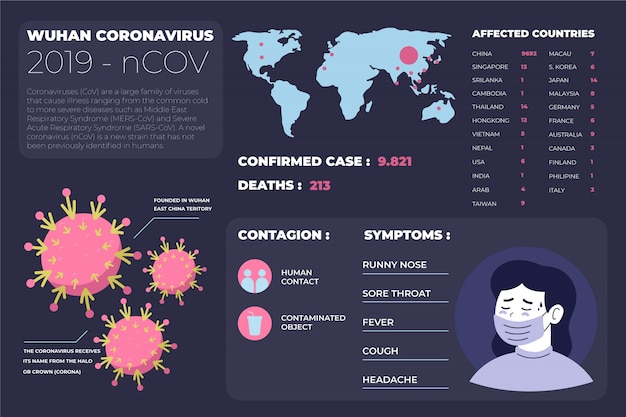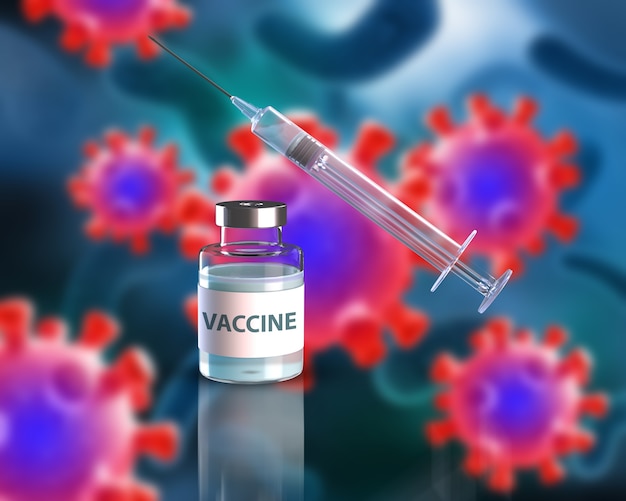As a new wave of COVID-19 infections sweeps across the United States, public health officials are sounding the alarm. The surge, driven in part by the rapidly spreading XFG variant—commonly referred to as 'Stratus'—has led to a sharp increase in emergency room visits, particularly among young children. At the same time, confusion over vaccine availability and eligibility is growing, leaving many Americans uncertain about how to protect themselves and their families.
According to the Centers for Disease Control and Prevention (CDC), the XFG variant now accounts for approximately 75% of all new COVID-19 cases nationwide. This variant, while not yet linked to significantly more severe disease, appears to be more transmissible than previous strains. States like Texas, Illinois, and Georgia are reporting notable increases in both case counts and hospitalizations.
The timing of this surge is unusual. Unlike earlier pandemic waves that peaked during winter months, this uptick is occurring during late summer and early fall—a shift that has caught many off guard. Experts suggest that waning immunity from prior vaccinations, increased indoor gatherings, and evolving virus characteristics are contributing factors.

Amid the rising cases, federal health agencies have updated their recommendations for the 2025–26 respiratory season. However, the changes have not been clearly communicated, leading to widespread confusion among patients and healthcare providers alike.
Traditionally, the CDC’s Advisory Committee on Immunization Practices (ACIP) releases vaccine guidance in June to prepare for the fall season. This year, the process was delayed, and final recommendations came later than expected. The new guidelines state that updated COVID-19 vaccines are approved for specific high-risk groups, including older adults, immunocompromised individuals, and those with certain underlying health conditions.
Yet, mixed messaging has muddied the waters. Some insurance providers have announced they will cover the vaccine for all adults, regardless of risk status, creating the impression that it’s universally recommended. Meanwhile, pharmacies and clinics are receiving inconsistent information about supply and eligibility, leading to frustration at the point of care.
One of the most concerning aspects of the current situation is the rise in pediatric emergency visits. With more young children showing symptoms, parents are seeking clarity on whether their kids should be vaccinated. However, current guidelines do not clearly define recommendations for children under 12, leaving many families in limbo.
Pediatricians report that they are receiving numerous calls from anxious parents asking whether the new vaccine is safe and necessary for their children. Without clear federal direction, doctors are forced to make case-by-case decisions, further contributing to public uncertainty.

Access to the updated vaccines remains uneven. While some urban clinics report ample supply, rural and underserved areas are experiencing delays in distribution. This disparity is exacerbating existing health inequities and undermining public confidence in the vaccination campaign.
Public trust in health institutions has been fragile since the early days of the pandemic. Inconsistent messaging, frequent guideline changes, and political interference have all contributed to skepticism. Now, with another wave hitting, the lack of a unified, transparent communication strategy risks further eroding trust.
Health experts emphasize that clear, consistent messaging is essential. They urge federal agencies to provide straightforward guidance on who should get vaccinated, when, and where. Simplifying access—such as through community clinics, schools, and pharmacies—could also help improve uptake.
If you’re unsure about your eligibility for the updated vaccine, the best step is to consult your healthcare provider. They can assess your individual risk factors and help determine whether vaccination is appropriate for you or your family members.
In the meantime, continue practicing preventive measures: wear masks in crowded indoor spaces, ensure good ventilation, and stay home if you feel unwell. Testing remains an important tool—especially if you have symptoms or have been exposed to someone with COVID-19.
Staying informed through reliable sources—such as the CDC website or your state health department—is crucial. Avoid relying on social media or unofficial channels that may spread misinformation.
The current situation underscores the need for a more agile and transparent public health response. As the virus continues to evolve, so must our strategies for communication, vaccine distribution, and community engagement.
While the rise in cases is concerning, it’s not inevitable that this wave will lead to widespread severe illness. With clear guidance, equitable access, and public cooperation, the U.S. can navigate this challenge more effectively than in previous surges.

Health

Health

Health

Health

Health

Health

Health

Health

Health

Health

Health

Health

Health

Fitness

Health

Health